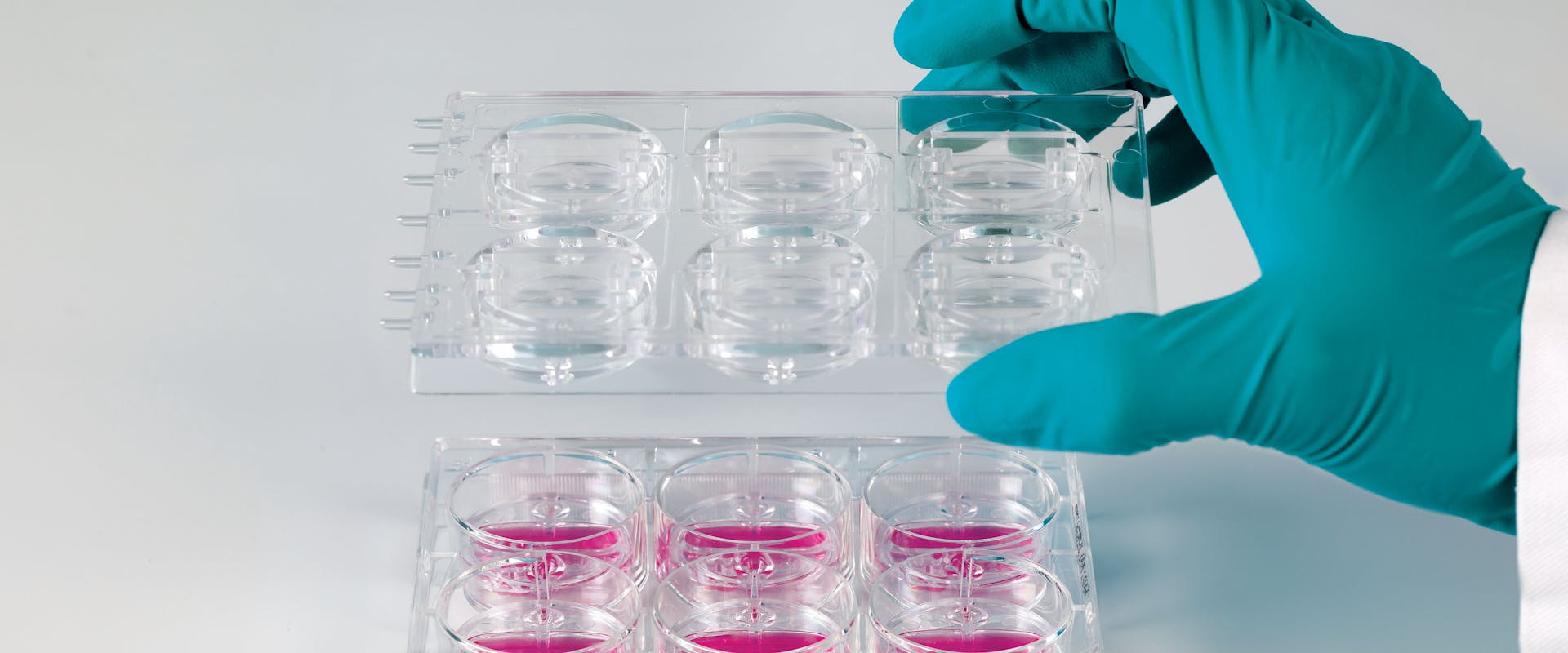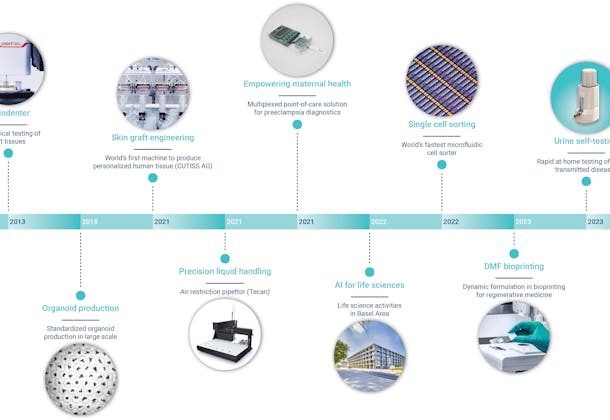Addressing a Global Crisis: Liver Diseases and Transplantation
Liver diseases claim millions of lives annually. With liver transplantation emerging as the primary recourse for end-stage liver failure, the demand for donor organs outstrips the available supply, leaving countless patients on waiting lists in peril. Gilles Weder, project coordinator of the EU-H2020 project and Group Leader at CSEM in Switzerland, explains: “Unfortunately, only 10 % of global transplantation needs are currently met, which is why we started an international project to develop alternative treatment methods.”
Applying Bioprinting for liver tissue engineering using organoids
The ORGANTRANS project team has stepped up to this challenge and explored tissue engineering and liver grafts as potential solutions. “We decided to address this clinical need with a 3D tissue printing platform”, states Weder. “The idea was to create a standardized, automated tissue preparation and maturation platform, which provides patients with end-stage liver disease with an alternative to donor organ transplants.”
From sourcing cells to tissue engineering
Focusing on the critical shortfall in donor organs for patients with end-stage liver diseases, the ORGANTRANS project proposed patients that have residual healthy tissue, a novel approach centered on autologous liver stem cells. Combining expertise in cell biology, biomaterials, bioengineering, and automation, the groundbreaking initiative successfully constructed a 1 cm cube of liver tissue. It also laid the groundwork for platform technologies applicable beyond liver transplantation. The next goal is to bridge the divide between lab research & commercialization, a move that necessitates strong partnerships within the pharma industry.
What are organoids used for?
Used to investigate how diseases affect human tissues, organoids (or microtissues, as they are sometimes also called) help in disease modeling, drug testing and organ replacement.



